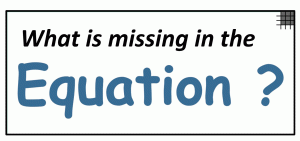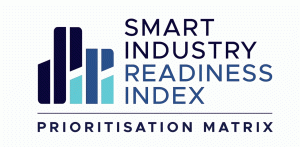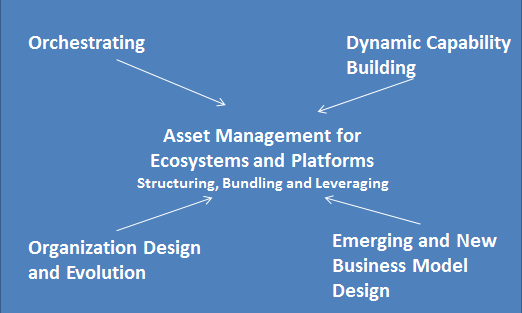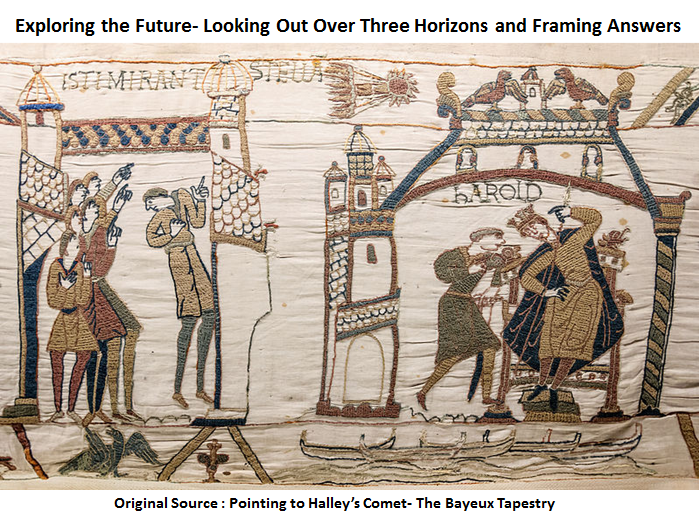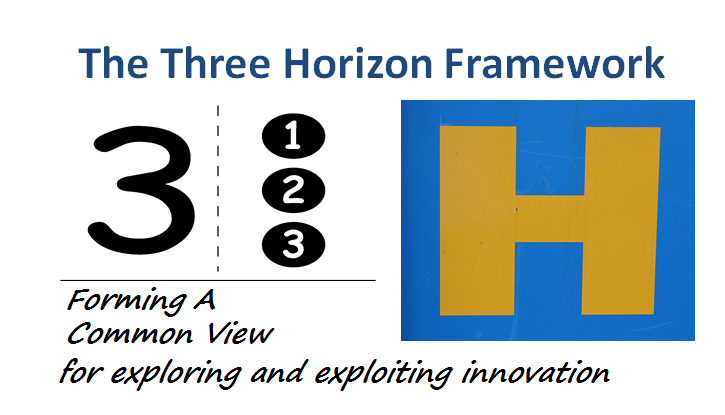We are on the brink of a transformation, a global one that connects us into information, knowledge, and insights in ever-powerful ways. thanks to the digital internet. We are also exploring the use of Artifical Intelligence (AI) more than ever.
BCG suggests that nine out of ten companies in their recent survey for the report “The Most Innovative Companies 2019” are investing in AI. BCG also suggests that 30% of those surveyed believe AI will have the greatest impact of any innovation area on their industry over the next three to five years.
We are also seeing the emergence of platforms and ecosystems radically changing how we collaborate and invent, design, solve issues from a changing shift in cooperation understanding. Platforms are fueling new business initiatives as they learn to engage across the whole value chain spectrum, from customer to delivering back the needs of that customer.
It is our technology being applied through new approaches that are galvanizing the new potential within innovation.
As we learn to orchestrate the underlying technologies, learn to build helpful applications, establish these software platforms this is beginning to become attractive as a new place for integrating, exchanging and collaborating. There is the talk of “the network effect” (Metcalfe’s Law) whereas more participants engage on platforms or in ecosystems and exchange, the more the value goes up and the community participating gets increasingly more out of the value of the “combined” thinking, data and insights. It has huge potential to generate new levels of innovation, ones that are more connected, more seamless and more what the customer wants.
So we come to CX + DX, it needs IX
Continue reading “So CX + DX needs IX for the transformations we need”
